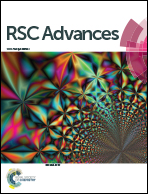Electrical properties analysis of materials with ferroic order
Abstract
M. Smari et al. have synthesized and investigated dielectric–electric properties of La0.5Ca0.5−xAgMnO3 manganites. In this letter we emphasize that the data analysis in the paper is partially not reasonable.


 Please wait while we load your content...
Please wait while we load your content...